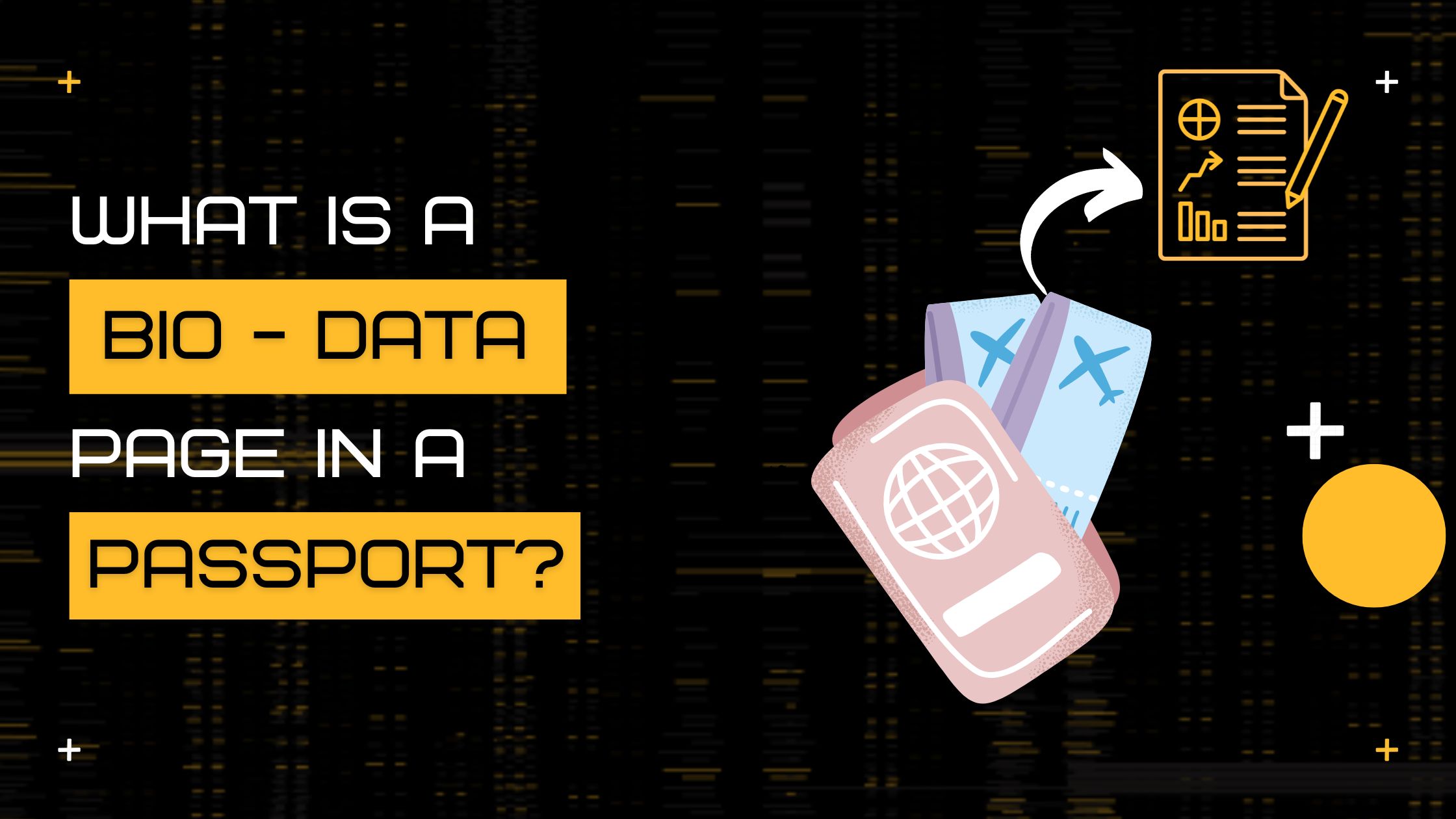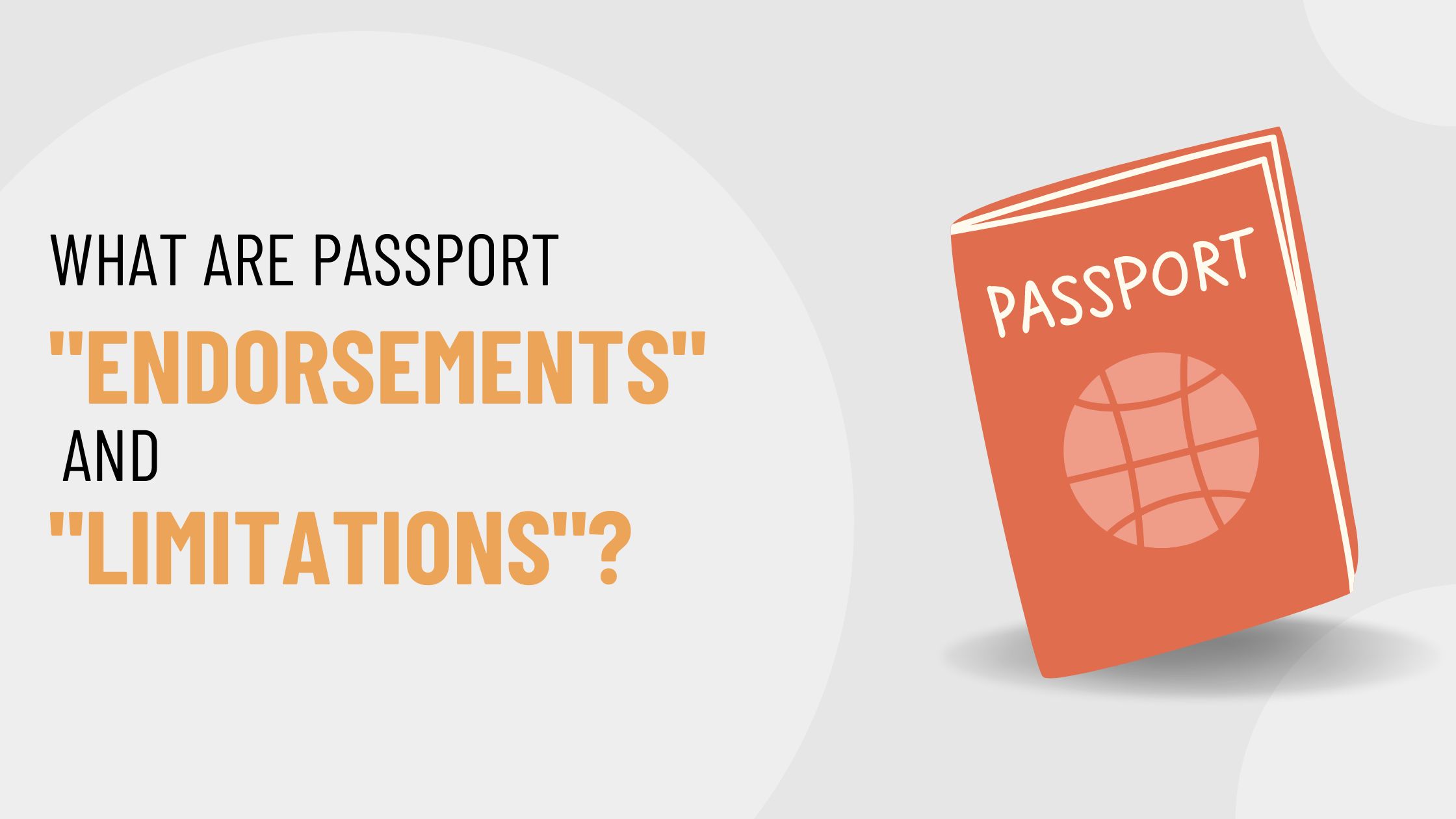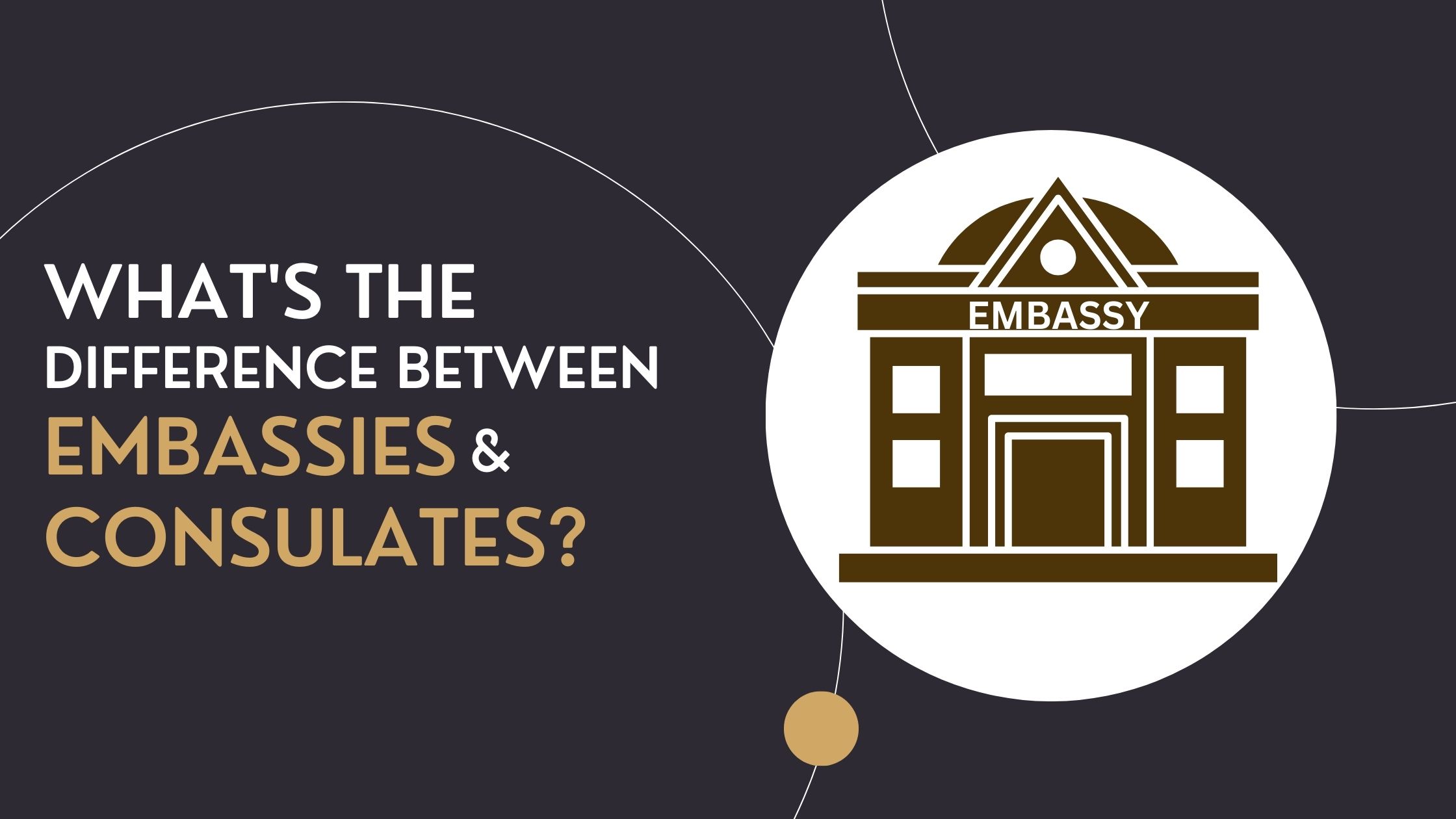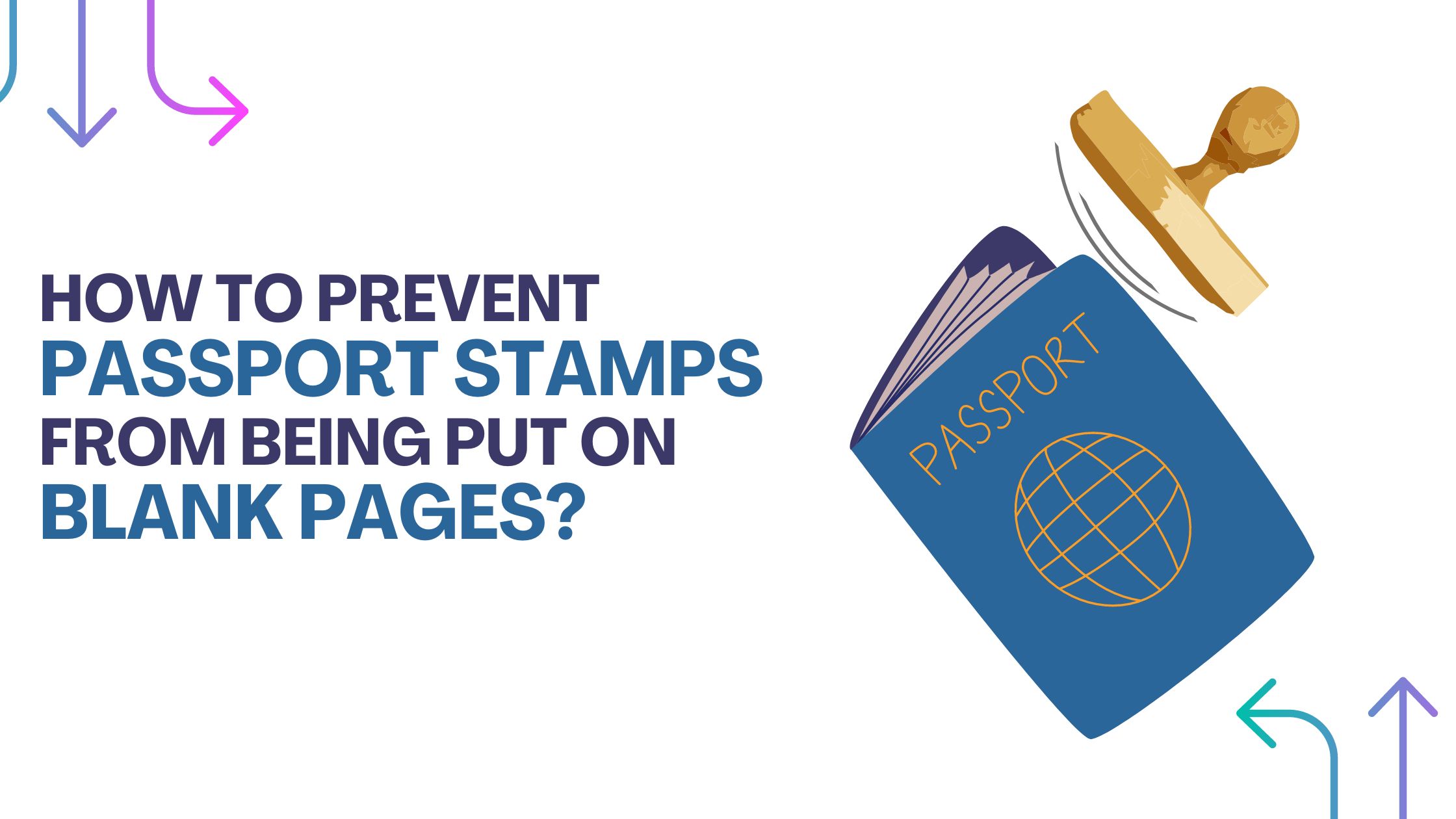Have you ever wondered “What Is A Bio-Data Page In A Passport?”
In this article, we will delve into the specifics of the bio-data page, what information it contains, and why it’s crucial for every passport holder to know about it.
What Is A Bio-Data Page In A Passport?

Photo by ConvertKit on Unsplash
The bio page in your passport contains essential information about you. It typically includes your full name, date of birth, citizenship status, current address, place of birth, parents’ names, etc. It also contains a photograph of you that is used to verify your identity at border crossings.
It’s important to keep this page updated with your current information such as any changes in address or name due to marriage or divorce.
Without an up-to-date bio page, you may be denied entry when trying to cross international borders.
Therefore it’s vital to ensure that all information on the bio page is correct and current before travelling anywhere abroad.
In some cases, the bio page may also include additional visa stamps or endorsement pages.
These documents have been stamped by immigration officials and provide proof of legal travel or residency status in another country.
It’s important to keep these pages up-to-date as well, as they can be used to prove both your identity and your ability to enter a foreign country legally.
The bio page in your passport is essential for international travel. Make sure it’s always kept up-to-date and accurate so you don’t run into any problems when crossing borders!
| Topic | Description |
| Definition | A bio-data page is a section of a passport that contains personal and identification information of the passport holder. It is also known as the “data page” or “identification page.” |
| Contents | The bio-data page typically includes the following information: the passport holder’s full name, date and place of birth, passport number, passport expiration date, photograph, and signature. It may also include information about the issuing authority and the passport holder’s nationality. |
| Importance | The bio-data page is essential because it serves as a means of identification and proof of citizenship. It is used by immigration officials to verify the identity of the passport holder and to determine their eligibility to enter a foreign country. It is also used by travelers as a means of identification when conducting financial transactions or other activities that require identification. |
| Security Features | To prevent fraud and counterfeiting, bio-data pages typically have several security features, such as watermarks, holographic images, and special paper or ink. These features make it difficult to alter or reproduce the passport, helping to ensure that only legitimate passport holders are able to use them. |
| Passport Renewal | When renewing a passport, a new bio-data page is typically issued. The new page will contain updated information, such as a new photograph and signature, and will be valid for the duration of the new passport. |
| Other Documents | Bio-data pages can also be found in other documents, such as visas and travel documents. These pages will contain similar information to the passport bio-data page, but may also include additional information related to the purpose of the document, such as the type of visa or travel document issued. |
Where Is Bio Data Page In Passport?
The bio-data page of your passport is located on the first or second page and contains a variety of information about the passport holder, including name, date and place of birth, gender, etc. The passport chip, on the other hand, is embedded in the back cover of your passport.
To ensure security, an invisible printing with fluorescent properties can be found throughout the document which will fluoresce strongly when placed under certain types of light.
Additionally, you may find that there are laser perforations containing variable hole shapes scattered across your passport – this help to verify its authenticity.
To ensure that you have all the necessary information for travelling abroad it is important to keep your passport up-to-date and valid.
If you find any discrepancies in the bio-data page, contact your nearest embassy or consulate if necessary.
Finally, make sure that you keep a close eye on your passport while travelling to avoid any difficulties during your journey.
Why Is The Bio-Data Page In A Passport Important?
The bio-data page is contains the holder’s personal information. It serves an important purpose in verifying the passport holder’s identity when crossing international borders. Border control officers or immigration officials rely on this information to verify that a person presenting a passport is indeed their rightful owner.
The security features incorporated into the bio-data page help ensure that it cannot be altered or counterfeited without detection.
For example, most countries now issue passports with digital watermarks or advanced digital photographs to make them more difficult to forge.
The bio-data page is also the location for any visa stamps or other immigration endorsements.
These provide further evidence of a passport holder’s identity and status at a particular point in time.
Are All US Passports Biometric?

Photo by Onur Binay on Unsplash
Yes, all US passports issued since August 2007 are biometric passports. The United States Department of State has implemented a system to ensure the security and integrity of its passport holders by issuing biometric passports. These passports contain a chip embedded with an individual’s personal information.
This additional layer of protection provides more secure travel documents. As of 2021, over 145 million valid US biometric passports were in circulation.
When applying for a US passport, it is important to remember that you will be required to present your application in person at an official acceptance facility to get your biometric passport book or card.
In addition to completing the necessary paperwork, you must also bring two identical photographs and proof of identification.
Once your application is approved, you will receive your biometric passport in the mail within 4-6 weeks.
Biometric passports are a much more secure travel document than traditional paper passports and help protect US citizens travelling abroad.
When it comes to protecting your identity, having a biometric passport is essential for safe international travel.
How Is The Photograph On The Bio-Data Page Of A Passport Taken?
The photograph must meet strict guidelines in terms of size, clarity and format in order to be accepted. Generally, the photograph should be taken against a plain white or off-white background; showing full face, front view, eyes open, without any hair across the eyes, etc.
Additionally,
- No head coverings (unless worn for religious reasons);
- Head height between 24mm and 30mm from chin to crown;
- Width of face not less than 20mm and not more than 24mm from ear to ear.
Additionally, digital technology can be used to ensure that the photograph will meet these requirements.
The photograph should also be clear and in focus, with good contrast and brightness.
It is important to note that a passport photo must not have any red-eye effect, or other effects added after the photo has been taken.
When taking the photograph for your bio-data page of a passport, it is important to make sure you meet all of these guidelines. Hence, your application can be processed without delay.
Here’s a table on an overview of the requirements when taking a photo for the bio-data page of the passport:
| Topic | Description |
| Size | The photograph must be of a certain size, which may vary depending on the country issuing the passport. For example, the United States requires a 2-inch by 2-inch (51mm x 51mm) photograph, while the United Kingdom requires a 35mm x 45mm photograph. |
| Composition | The photograph must be taken against a plain white or off-white background. The passport holder must face the camera directly and have a neutral expression. Glasses may be worn in the photograph, but they must not cause any reflections or glare. |
| Lighting | The photograph must be well-lit, with even lighting across the face and no shadows. |
| Pose | The passport holder must face the camera directly with their eyes open and looking at the camera. The head, including the face, must be fully visible in the photograph. |
| Photographer | In some cases, the photograph must be taken by a professional photographer who is familiar with the passport requirements. In other cases, the photograph can be taken at a passport office or other government facility. |
| Electronic Photographs | Increasingly, passport photographs are being taken and submitted electronically. This may involve taking a digital photograph with a camera or smartphone, or using a scanner to capture a printed photograph. The electronic photograph must still meet the same requirements as traditional photographs. |
| Renewals | When renewing a passport, a new photograph is typically required. The new photograph must meet the same requirements as the original photograph. |
Can The Information On The Bio-Data Page Of A Passport Be Updated?
Yes, the information on the bio-data page of a passport can be updated in certain circumstances. For example, if you change your name due to marriage or divorce, or change your gender or nationality, this will require an update to your passport.
Each country has different requirements for updating the passport. Generally speaking, you will need to submit supporting documents such as marriage certificates or birth certificates along with a new application for a passport.
You may also need to pay additional fees for the renewal.
It is important to keep your passport up to date with accurate information, as it is a legal document that can be checked by authorities in different countries.
If the information on the bio-data page of your passport does not match other documentation, such as airline tickets or visas, this could lead to delays and complications when travelling.
In some cases, you may even require a new visa if the details have changed significantly since it was issued.
How To Update The Information On The Bio-Data Page Of A Passport?

Photo by Markus Winkler on Unsplash
Updating the bio-data page of a passport can be an important step in keeping your passport valid and up-to-date. Depending on the country issuing the passport, the process for updating information may vary. Here is a guide on how to update the bio-data page of a passport:
- Check if your passport is still valid or if it has expired. If it has, you may need to renew it before attempting to update any information.
- Gather all relevant documents required for submission – these include proof of identity (such as a birth certificate) and proof of address (such as utility bills).
- Contact your local passport issuing authority and inquire about specific requirements for updating the information on your passport.
- Submit all required documents, such as proof of identity and address, to the relevant authorities in order to proceed with the update process.
- Once all necessary information is submitted, you will be notified if any additional steps are needed before your request can be approved.
- Once approved, a new bio-data page will be issued which will contain updated information about you.
- Finally, make sure to keep the new bio-data page safe – it should remain inside your passport at all times when travelling.
Here’s a table on “How To Update The Information On The Bio-Data Page Of A Passport?”:
| Topic | Description |
|---|---|
| Required
Documents |
The documents required to update your passport may vary depending on the reason for the update. For example, if you changed your name, you may need to provide a marriage certificate or court order. If you moved to a new address, you may need to provide a utility bill or other proof of residence. |
| Application Form | You will need to fill out an application form to update the information on your passport. This form can typically be found on your country’s passport office website or obtained at a passport office. |
| Fee | There is usually a fee associated with updating the information on your passport. The fee may vary depending on the reason for the update and the country issuing the passport. |
| Processing Time | The processing time for updating the information on your passport may vary depending on the country issuing the passport and the reason for the update. In general, it can take several weeks to several months to receive your updated passport. |
| Travel Plans | If you have upcoming travel plans, it is important to check the processing time for updating your passport and plan accordingly. Some countries may allow entry with a valid passport and a separate document showing the updated information, such as a marriage certificate. |
What Should You Do If There Is An Error On The Bio-Data Page Of Your Passport?
If there is an error on the bio-data page of your passport, it’s important to take action quickly as this can invalidate your passport. You are recommended to contact the passport issuing authority immediately and explain the situation. The passport authority will let you know about further proceedings.
Depending on what kind of error needs to be corrected, you may need to submit additional documents or appear in person at a passport office.
In most cases, you will need to fill out an application form and provide proof of identities such as a birth certificate or driver’s license.
Once all documents are submitted and reviewed, the issuing authority should be able to correct any mistakes on your bio-data page within a few days.
It is important to follow up with them regularly if they don’t get back to you right away.
Conclusion
In conclusion, the bio-data page of a passport is the most important page, as it contains essential personal information.
This information serves as the primary means of identification for travellers and is crucial for international travel.
Understanding the importance and details of the bio-data page is crucial for all passport holders, and ensuring its accuracy and validity can help make the international travel experience smoother and hassle-free.







